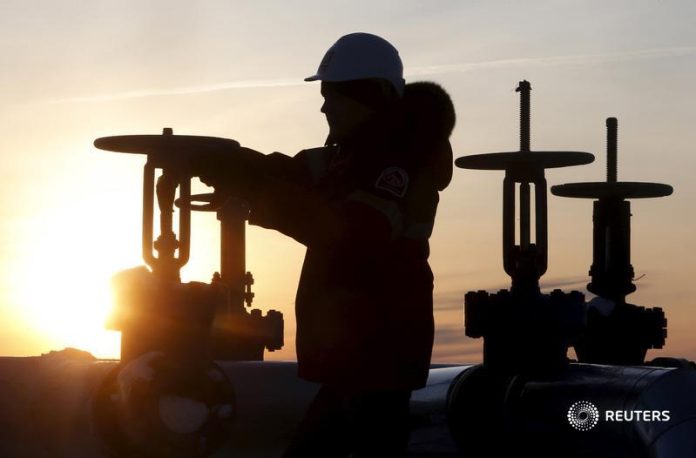Even as the price of crude oil has dropped in recent weeks, these countries, from well-established oil leaders to newer producers, have a strong influence on global politics and are vital in setting oil prices.
Their ability to produce oil, the size of their reserves, and their investments in energy have a big impact on both their local economies and the stability of global energy.
On a closer look at the top 10 crude oil producers and their contributions to global production, according to Business Insider Africa.
1. United States – 12.9 million barrels per day: The U.S., the world’s largest oil producer for six years, set a new record in 2023 with 21.91 million barrels per day, accounting for 22% of global output, while also being the world’s largest oil consumer with an average daily consumption of 20.5 million barrels.
2. Russia – 10.1 million barrels per day Russia continues to be a major oil producer, contributing 11% to global output. It has maintained a significant export capacity, with oil exports averaging between 7.4 and 9.1 million barrels per day over the past decade. Despite facing economic sanctions, Russia’s oil production remains substantial at 10.1 million barrels daily.
3. Saudi Arabia – 9.7 million barrels per day Saudi Arabia holds a large percentage of the world’s proven oil reserves and is the largest petroleum exporter globally. Its oil and gas sector constitutes about 50% of its GDP and 85% of export earnings. Despite being surpassed by the U.S. and Russia in production, it remains a dominant force in global oil markets.
4. Canada – 4.6 million barrels per day Canada ranks fourth in oil production, primarily due to its vast oil sands in Alberta. These unconventional resources have positioned Canada as a key player in the global oil market. However, the country faces challenges such as environmental concerns and logistical hurdles in transporting oil sands.
5. Iraq – 4.3 million barrels per day Iraq’s oil production has seen substantial growth since 2005, making it the fifth-largest producer globally. The country possesses some of the world’s largest oil fields, particularly in the southern region. However, challenges such as political instability and infrastructure limitations continue to affect its oil sector.
6. China – 4.2 million barrels per day China is the fifth-largest oil producer, contributing 5% to global production. While it has significant production capabilities, China remains the world’s largest oil importer, reflecting its substantial domestic demand. The country is also investing heavily in renewable energy sources to diversify its energy mix.
7. Iran – 3.6 million barrels per day Iran holds some of the world’s largest proven oil reserves, estimated at 208.6 billion barrels. Despite facing international sanctions, Iran’s oil production remains significant. The country continues to explore ways to enhance its oil sector and reduce the impact of sanctions.
8. Brazil – 3.4 million barrels per day Brazil’s oil production has been on the rise, driven by offshore fields in the pre-salt layer. The country is a significant player in the Latin American oil market and continues to invest in deepwater exploration technologies. Brazil’s oil industry is largely state-controlled through Petrobras, its national oil company.
9. UAE – 3.4 million barrels per day:The UAE, a major Middle Eastern oil producer, primarily sourced from Abu Dhabi, is overseen by the state-owned Abu Dhabi National Oil Company (ADNOC). The country is also diversifying its energy portfolio.
10. Kuwait – 2.6 million barrels per day Kuwait is one of the world’s leading oil producers, with an estimated oil production capacity of three million barrels per day. The country has maintained consistent production levels but faces challenges in increasing output due to factors such as foreign investment issues.









